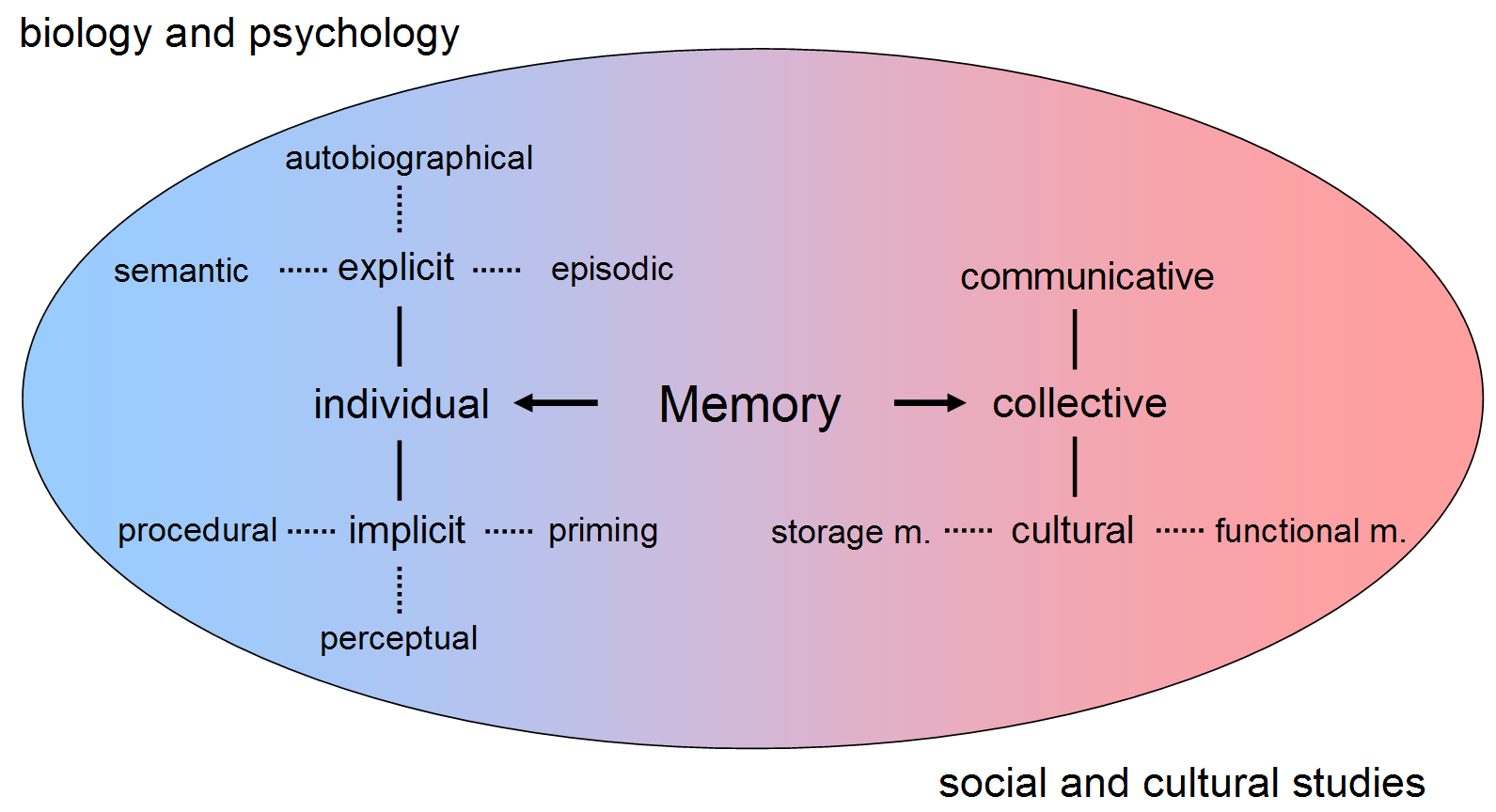|
Dazopride
Dazopride (AHR-5531) is an antiemetic and gastroprokinetic agent of the benzamide class which was never marketed. It acts as a 5-HT3 receptor antagonist and 5-HT4 receptor agonist. In addition to its gastrointestinal effects, dazopride facilitates learning and memory in mice. See also * Antiemetic * Benzamide Benzamide is a organic compound with the chemical formula of C6H5C(O)NH2. It is the simplest amide derivative of benzoic acid. In powdered form, it appears as a white solid, while in crystalline form, it appears as colourless crystals. It is slig ... References Serotonin receptor agonists 5-HT3 antagonists Antiemetics Salicylamide ethers Anilines Chlorobenzenes Pyrazolidines {{gastrointestinal-drug-stub ... [...More Info...] [...Related Items...] OR: [Wikipedia] [Google] [Baidu] |
Benzamide
Benzamide is a organic compound with the chemical formula of C6H5C(O)NH2. It is the simplest amide derivative of benzoic acid. In powdered form, it appears as a white solid, while in crystalline form, it appears as colourless crystals. It is slightly soluble in water, and soluble in many organic solvents. It is a natural alkaloid found in the herbs of Berberis pruinosa. Chemical derivatives A number of substituted A substitution reaction (also known as single displacement reaction or single substitution reaction) is a chemical reaction during which one functional group in a chemical compound is replaced by another functional group. Substitution reactions ar ... benzamides are commercial drugs, including: See also * References External links Physical characteristics {{Authority control Phenyl compounds ... [...More Info...] [...Related Items...] OR: [Wikipedia] [Google] [Baidu] |
Antiemetic
An antiemetic is a drug that is effective against vomiting and nausea. Antiemetics are typically used to treat motion sickness and the side effects of opioid analgesics, general anaesthetics, and chemotherapy directed against cancer. They may be used for severe cases of gastroenteritis, especially if the patient is dehydrated. Some antiemetics previously thought to cause birth defects appear safe for use by pregnant women in the treatment of morning sickness and the more serious hyperemesis gravidarum. __TOC__ Types * 5-HT3 receptor antagonists block serotonin receptors in the central nervous system and gastrointestinal tract. As such, they can be used to treat post-operative and cytotoxic drug nausea & vomiting. However, they can also cause constipation or diarrhea, dry mouth, and fatigue. ** Dolasetron (Anzemet) can be administered in tablet form or in an injection. ** Granisetron (Kytril, Sancuso) can be administered in tablet (Kytril), oral solution (Kytril), ... [...More Info...] [...Related Items...] OR: [Wikipedia] [Google] [Baidu] |
Salicylamide Ethers
Salicylamide (''o''-hydroxybenzamide or amide of salicyl) is a non-prescription drug with analgesic and antipyretic properties. Its medicinal uses are similar to those of aspirin. Salicylamide is used in combination with both aspirin and caffeine in the over-the-counter pain remedy PainAid. It was also an ingredient in the over-the-counter pain remedy BC Powder but was removed from the formulation in 2009, and Excedrin used the ingredient from 1960 to 1980 in conjunction with aspirin, acetaminophen, and caffeine. It was used in later formulations of Vincent's powders in Australia as a substitute for phenacetin. Derivatives Derivatives of salicylamide include ethenzamide, labetalol, medroxalol, lopirin, otilonium, oxyclozanide, salicylanilide, niclosamide, and raclopride. See also * 4-Aminosalicylic acid *Mesalazine Mesalazine, also known as mesalamine or 5-aminosalicylic acid (5-ASA), is a medication used to treat inflammatory bowel disease, including ulcerative c ... [...More Info...] [...Related Items...] OR: [Wikipedia] [Google] [Baidu] |
Antiemetics
An antiemetic is a drug that is effective against vomiting and nausea. Antiemetics are typically used to treat motion sickness and the side effects of opioid analgesics, general anaesthetics, and chemotherapy directed against cancer. They may be used for severe cases of gastroenteritis, especially if the patient is dehydrated. Some antiemetics previously thought to cause birth defects appear safe for use by pregnant women in the treatment of morning sickness and the more serious hyperemesis gravidarum. __TOC__ Types * 5-HT3 receptor antagonists block serotonin receptors in the central nervous system and gastrointestinal tract. As such, they can be used to treat post-operative and cytotoxic drug nausea & vomiting. However, they can also cause constipation or diarrhea, dry mouth, and fatigue. ** Dolasetron (Anzemet) can be administered in tablet form or in an injection. ** Granisetron (Kytril, Sancuso) can be administered in tablet (Kytril), oral solution (Kytril), injec ... [...More Info...] [...Related Items...] OR: [Wikipedia] [Google] [Baidu] |
5-HT3 Antagonists
The 5-HT3 antagonists, informally known as "setrons", are a class of drugs that act as receptor antagonists at the 5-HT3 receptor, a subtype of serotonin receptor found in terminals of the vagus nerve and in certain areas of the brain. With the notable exceptions of alosetron and cilansetron, which are used in the treatment of irritable bowel syndrome, all 5-HT3 antagonists are antiemetics, used in the prevention and treatment of nausea and vomiting. They are particularly effective in controlling the nausea and vomiting produced by cancer chemotherapy and are considered the gold standard for this purpose. The 5-HT3 antagonists may be identified by the suffix -setron, and are classified under code A04AA of the 's Anatomical Therapeutic Chemical Classification System. Medical uses 5-HT3 antagonists are most effective in the prevention and treatment of chemotherapy-induced nausea and vomiting (CINV), especially that caused by highly emetogenic drugs such as cisplatin; whe ... [...More Info...] [...Related Items...] OR: [Wikipedia] [Google] [Baidu] |
Serotonin Receptor Agonists
Serotonin () or 5-hydroxytryptamine (5-HT) is a monoamine neurotransmitter. Its biological function is complex and multifaceted, modulating mood, cognition, reward, learning, memory, and numerous physiological processes such as vomiting and vasoconstriction. Approximately 90% of the serotonin that the body produces is in the intestinal tract. Biochemically, the indoleamine molecule derives from the amino acid tryptophan, via the (rate-limiting) hydroxylation of the 5 position on the ring (forming the intermediate 5-hydroxytryptophan), and then decarboxylation to produce serotonin. Serotonin is primarily found in the enteric nervous system located in the gastrointestinal tract (GI tract). However, it is also produced in the central nervous system (CNS), specifically in the raphe nuclei located in the brainstem, Merkel cells located in the skin, pulmonary neuroendocrine cells and taste receptor cells in the tongue. Additionally, serotonin is stored in blood platelets and is rel ... [...More Info...] [...Related Items...] OR: [Wikipedia] [Google] [Baidu] |
Memory
Memory is the faculty of the mind by which data or information is encoded, stored, and retrieved when needed. It is the retention of information over time for the purpose of influencing future action. If past events could not be remembered, it would be impossible for language, relationships, or personal identity to develop. Memory loss is usually described as forgetfulness or amnesia. Memory is often understood as an informational processing system with explicit and implicit functioning that is made up of a sensory processor, short-term (or working) memory, and long-term memory. This can be related to the neuron. The sensory processor allows information from the outside world to be sensed in the form of chemical and physical stimuli and attended to various levels of focus and intent. Working memory serves as an encoding and retrieval processor. Information in the form of stimuli is encoded in accordance with explicit or implicit functions by the working memory proces ... [...More Info...] [...Related Items...] OR: [Wikipedia] [Google] [Baidu] |
Antiemetic
An antiemetic is a drug that is effective against vomiting and nausea. Antiemetics are typically used to treat motion sickness and the side effects of opioid analgesics, general anaesthetics, and chemotherapy directed against cancer. They may be used for severe cases of gastroenteritis, especially if the patient is dehydrated. Some antiemetics previously thought to cause birth defects appear safe for use by pregnant women in the treatment of morning sickness and the more serious hyperemesis gravidarum. __TOC__ Types * 5-HT3 receptor antagonists block serotonin receptors in the central nervous system and gastrointestinal tract. As such, they can be used to treat post-operative and cytotoxic drug nausea & vomiting. However, they can also cause constipation or diarrhea, dry mouth, and fatigue. ** Dolasetron (Anzemet) can be administered in tablet form or in an injection. ** Granisetron (Kytril, Sancuso) can be administered in tablet (Kytril), oral solution (Kytril), ... [...More Info...] [...Related Items...] OR: [Wikipedia] [Google] [Baidu] |
Gastroprokinetic Agent
A prokinetic agent (also gastroprokinetic agent, gastrokinetic agent or propulsive) is a type of drug which enhances gastrointestinal motility by increasing the frequency or strength of contractions, but without disrupting their rhythm. They are used to treat certain gastrointestinal symptoms, including abdominal discomfort, bloating, constipation, heart burn, nausea, and vomiting; and certain gastrointestinal disorders, including irritable bowel syndrome, gastritis, gastroparesis, and functional dyspepsia. Most prokinetic agents are grouped under the Anatomical Therapeutic Chemical Classification System (a World Health Organization drug classification system), as ATC code A03F. Pharmacodynamics Activation of a wide range of serotonin receptors by serotonin itself or by certain prokinetic drugs results in enhanced gastrointestinal motility. Other prokinetic drugs may increase acetylcholine concentrations by stimulating the M1 receptor which causes acetylcholine release, or ... [...More Info...] [...Related Items...] OR: [Wikipedia] [Google] [Baidu] |
Learning
Learning is the process of acquiring new understanding, knowledge, behaviors, skills, values, attitudes, and preferences. The ability to learn is possessed by humans, animals, and some machines; there is also evidence for some kind of learning in certain plants. Some learning is immediate, induced by a single event (e.g. being burned by a hot stove), but much skill and knowledge accumulate from repeated experiences. The changes induced by learning often last a lifetime, and it is hard to distinguish learned material that seems to be "lost" from that which cannot be retrieved. Human learning starts at birth (it might even start before in terms of an embryo's need for both interaction with, and freedom within its environment within the womb.) and continues until death as a consequence of ongoing interactions between people and their environment. The nature and processes involved in learning are studied in many established fields (including educational psychology, neurop ... [...More Info...] [...Related Items...] OR: [Wikipedia] [Google] [Baidu] |



